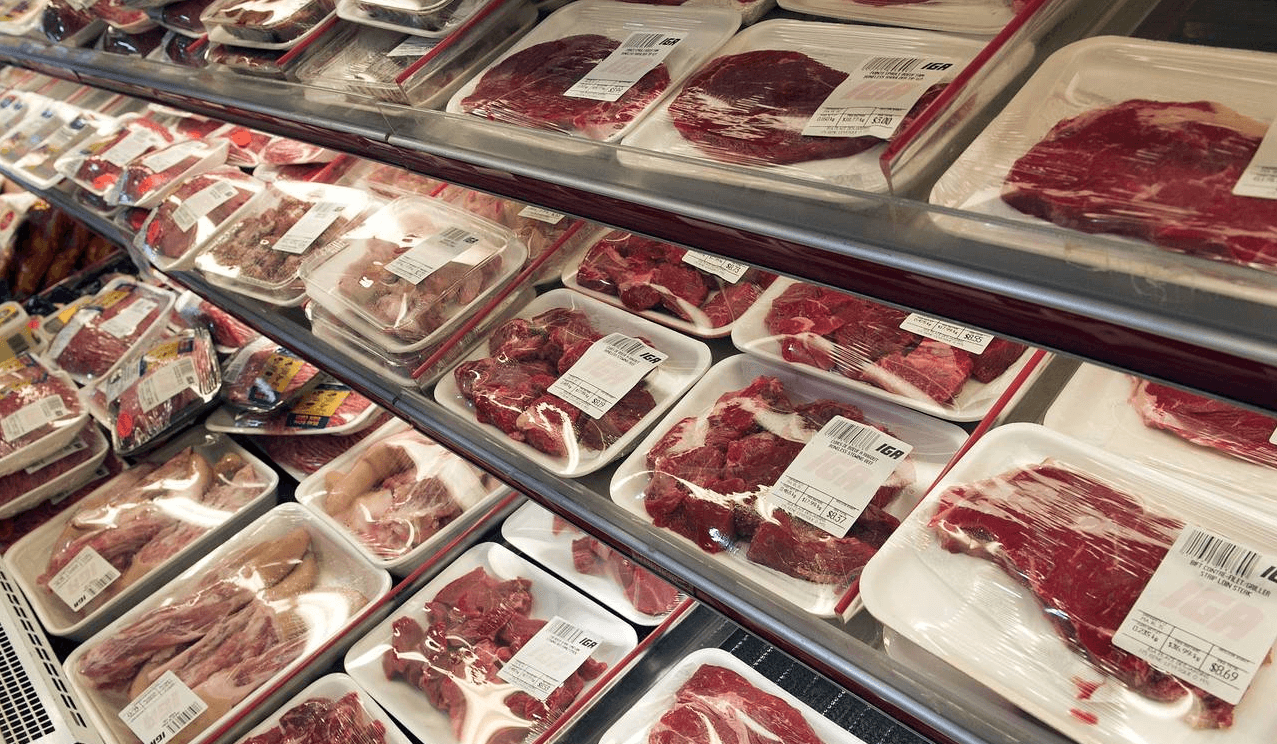
September 5th, 2025
Canada removed most retaliatory (counter) tariffs on U.S. imports, rolling back the 25% surtaxes that had applied to a wide range of goods since March 2025. The only big exceptions still facing Canadian counter-tariffs are steel, aluminum, and automobiles, because parallel U.S. tariffs in those sectors remain in place.
The March 4 list had covered many restaurant-relevant items (e.g., orange juice, peanut butter, wine, spirits, beer, coffee, appliances, apparel, footwear, cosmetics, certain paper products). The March 13 list added other inputs and equipment-adjacent items such as tools, computers/servers, display monitors, sports equipment, and cast-iron products. All of these non–steel/aluminum/auto items are now off Canada’s counter-tariff list.
If you need to double-check a specific SKU/HS code, the Department of Finance now keeps a consolidated, searchable table of U.S. products that are (still) subject to counter-tariffs; crucially, it notes the rollback effective September 1, 2025 for most goods.
Lower input costs on U.S.-sourced food & beverage
If you buy U.S. products like juice concentrates, coffee, peanut butter, or imported beer/wine/spirits from U.S. producers, the 25% surtax no longer applies. Expect distributors to reprice as existing tariffed inventory sells through. Watch for improved margins or room to sharpen menu prices on affected items.
Small equipment and front/back-of-house supplies get cheaper
The rollback includes categories beyond F&B, think appliances, tools, IT gear (POS terminals/monitors/servers), and some cast-iron cookware—all helpful for capex-lite refreshes and maintenance without the tariff premium.
Big kitchen capex tied to steel/aluminum stays elevated
Because steel and aluminum remain under counter-tariffs, major purchases involving those inputs (e.g., certain ranges, hoods, stainless prep tables, shelving) may not see relief yet. Budget accordingly and stagger big replacements if possible.
Smoother cross-border supply chains
Removing broad surtaxes reduces administrative friction and volatility for importers/distributors. That typically means shorter lead times, fewer substitutions, and better contract stability on American SKUs you rely on.
Audit your purchases against the March 4 & 13 baskets.
Identify SKUs that were tariffed and should now be cheaper. Use the Finance Canada table if you’re unsure. Then push suppliers for repricing or rebates on forward orders.
Revisit menu engineering.
If key inputs drop meaningfully, consider restoring paused dishes, scaling portions back to pre-tariff norms, or strategic price reductions on high-visibility items to win traffic.
Time your capex
Advance purchases of smallwares, electronics, and light appliances that are now tariff-free; defer heavy steel/aluminum equipment if you can until negotiations resolve.
Lock in supply contracts.
As distributors reprice, negotiate 6–12 month terms on affected SKUs to capture savings and reduce exposure to further policy swings.
Update cost baselines and recipes.
Refresh your COGS models and recipes to reflect new landed costs; communicate targets to kitchen managers and procurement.
As of September 1, 2025, Canada’s rollback of most retaliatory tariffs on U.S. goods should ease food, beverage, and light equipment costs for restaurants. Use the window to renegotiate pricing, optimize menus, and selectively invest where savings are clearest while keeping a cautious eye on steel/aluminum categories that remain under counter-tariffs for now.
Most food, beverage, appliances, and light equipment imports—such as orange juice, coffee, peanut butter, beer, wine, spirits, and smallwares are now tariff-free, with only steel, aluminum, and autos still subject to surtaxes.
Restaurants can expect lower costs on many U.S.-sourced food and beverage items as well as small equipment, helping to improve margins and create room for menu price adjustments.